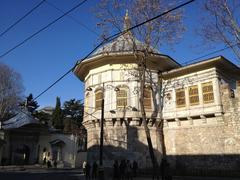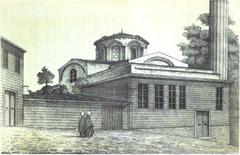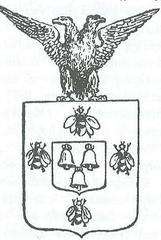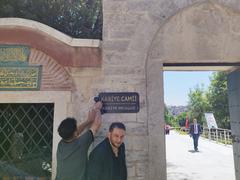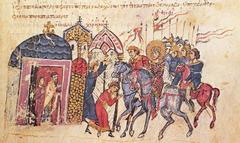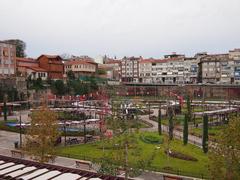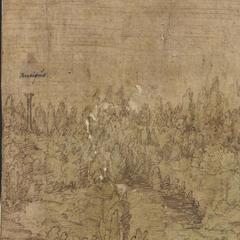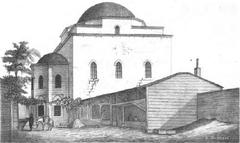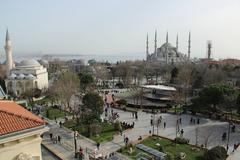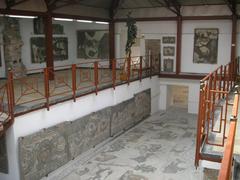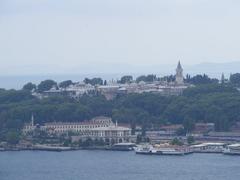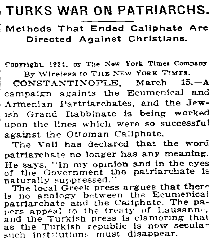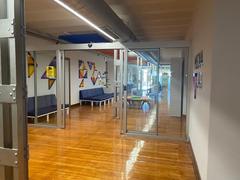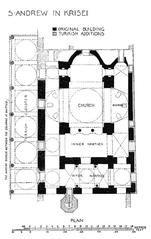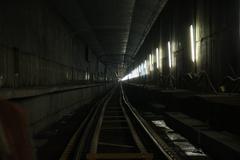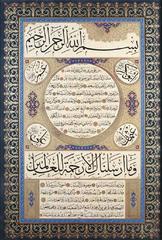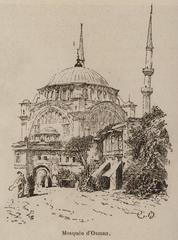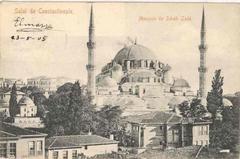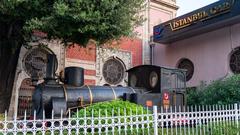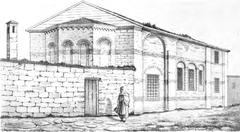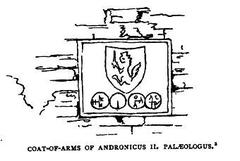Bulgarian St. Stephen Church: Visiting Hours, Tickets, and Historical Significance in Fatih, Istanbul
Date: 14/06/2025
Introduction
The Bulgarian St. Stephen Church, widely known as the Iron Church, is a landmark of architectural ingenuity and cultural resilience nestled in Istanbul’s Balat neighborhood along the Golden Horn. As one of the world’s only surviving prefabricated cast-iron churches, it stands as a tribute to 19th-century innovation and the enduring identity of Istanbul’s Bulgarian Orthodox community. This comprehensive guide covers the church’s history, cultural importance, visiting details, architectural highlights, and practical travel tips, ensuring an enriching experience for all who visit (istanbul.com, istanbulfantasy.com, Atlas Obscura).
Table of Contents
- Historical Background
- Cultural and Religious Importance
- Visiting Information
- Architectural Highlights
- Practical Tips for Visitors
- Frequently Asked Questions (FAQ)
- Conclusion
- Sources
Historical Background
Origins and Community Significance
The inception of the Bulgarian St. Stephen Church is rooted in the aspirations of the Bulgarian Orthodox community during the late Ottoman era. Bulgarians in Istanbul, seeking religious autonomy from the Greek-dominated Patriarchate, initially worshipped in a modest wooden church built in 1849. The establishment of the Bulgarian Exarchate in 1870 marked a pivotal moment, enabling the community to assert its ecclesiastical independence (istanbul.com).
After a fire destroyed the original church, the community embarked on constructing a more permanent edifice—one that would both resist the challenging waterfront conditions and symbolize their enduring faith (4traveler.me).
Architectural Innovation and Construction
Architect Hovsep Aznavur, of Armenian descent, was commissioned to design the new church. He chose prefabricated iron as the main material due to the instability of the ground by the Golden Horn and to demonstrate modern engineering prowess. The Austrian firm R. Ph. Waagner manufactured over 500 tons of iron components in Vienna. These were shipped via the Danube and the Black Sea and assembled on-site between 1893 and 1898 (istanbulfantasy.com).
The church’s architecture blends Neo-Gothic and Neo-Baroque elements, with an iron skeleton clad in decorative panels, making it one of the few such religious buildings globally (Atlas Obscura). Its iron structure was specifically chosen for fire resistance, speed of assembly, and as a symbol of community resilience.
Restoration and Preservation
By the late 20th century, the church faced severe corrosion challenges. A joint Bulgarian-Turkish restoration, completed in 2018, revitalized the church, preserving both its structural and decorative features. This restoration is hailed as a model of cross-border cultural cooperation (Guided Istanbul Tours).
Cultural and Religious Importance
Symbolism and Liturgical Life
Dedicated to Saint Stephen, the first Christian martyr, the church is a symbol of sacrifice and resilience. It remains active, hosting regular liturgies, sacraments, and major feast day celebrations, particularly on December 27, Saint Stephen’s Day (istanbulfantasy.com).
Role in Istanbul’s Multicultural Heritage
Located in the Fener-Balat district—a UNESCO-recognized area famed for its multicultural tapestry—the church exemplifies coexistence among diverse communities in Istanbul. It stands near the Ecumenical Patriarchate, synagogues, and mosques, forming part of the city’s broader religious and cultural landscape (madeinturkeytours.com).
The church also serves educational roles, hosting exhibitions and cultural events that highlight the Bulgarian community’s heritage and the importance of minority preservation (4traveler.me).
Visiting Information
Hours, Tickets, and Accessibility
- Opening Hours: The church is open daily from 9:00 AM to 6:00 PM. Hours may be extended during religious holidays; check ahead for special events.
- Tickets: Admission is free. Donations are encouraged to support maintenance and preservation.
- Accessibility: The church is wheelchair accessible, with ramps at entrances, though some areas may be limited due to the historic structure.
Travel Tips and Nearby Attractions
- Best Time to Visit: Early mornings or late afternoons for fewer crowds and optimal photography lighting.
- Getting There: Easily accessible by tram (F1 line to Fener station), bus, taxi, or a scenic walk from the Fener Orthodox Patriarchate.
- Nearby Sites: Explore the colorful Balat district, Phanar Greek Orthodox College, and the Chora Church (Kariye Museum). The Golden Horn waterfront offers beautiful views of the church’s exterior.
Architectural Highlights
- Exterior: The church’s twin bell towers, ornate ironwork, and luminous white façade create a striking riverside silhouette. Decorative reliefs of Orthodox crosses and floral motifs abound (Random Times).
- Interior: Iron columns and pointed arches support vaulted ceilings. The iconostasis is a masterpiece of gilded icons and intricate metalwork (Private Istanbul Guide). Stained-glass windows illuminate the nave with colored light.
- Liturgical Objects: The church retains a 5th-century patriarchal throne, rare icons, and relics of important Orthodox saints (The Turkey Traveler).
- Restoration: The 2018 restoration preserved original iron elements and added modern protections against corrosion.
Practical Tips for Visitors
- Dress Code: Modest attire is required; cover shoulders and knees.
- Respect: Maintain silence during services and avoid flash photography.
- Facilities: No gift shop or restrooms on site; plan accordingly.
- Safety: Balat is generally safe, but remain mindful of personal belongings.
Frequently Asked Questions (FAQ)
Q: What are the Bulgarian St. Stephen Church visiting hours?
A: Open daily from 9:00 AM to 6:00 PM; closed on some religious holidays.
Q: Is there an entrance fee?
A: Entry is free; donations are appreciated.
Q: Is the church accessible for visitors with disabilities?
A: Yes, there are ramps and accessible entrances.
Q: Are guided tours available?
A: Yes, bookable through local agencies or the church office; advance booking recommended.
Q: Is photography allowed inside?
A: Yes, but avoid flash and be respectful during services.
Q: How do I reach the church?
A: By tram (F1 line to Fener), bus, taxi, or on foot from nearby attractions.
Conclusion
The Bulgarian St. Stephen Church is more than a rare architectural marvel—it is a living symbol of Istanbul’s multicultural past and the enduring spirit of its Bulgarian Orthodox community. Its blend of technological innovation, religious heritage, and historical significance offers an unforgettable experience for architecture enthusiasts, history buffs, and cultural explorers alike. Plan your visit to coincide with special services or explore Balat’s vibrant streets for a truly immersive day.
To discover more about Istanbul’s hidden treasures, download the Audiala app for guided tours, exclusive content, and the latest travel updates. Follow us on social media and read our related articles for deeper insights into the city’s rich heritage.
Sources
- Visiting the Bulgarian St. Stephen Church in Istanbul: Hours, Tickets, and History – Istanbul.com
- Cultural and Religious Significance of the Bulgarian St. Stephen Church – IstanbulFantasy.com
- Bulgarian St. Stephen Church Istanbul: Visiting Hours, Tickets & Architectural Marvel – Guided Istanbul Tours
- Visiting the Bulgarian St. Stephen Church in Istanbul: Hours, Tickets & History – 4Traveler.me
- Guide to Visiting Fener-Balat, Istanbul – MadeInTurkeyTours.com
- St. Stephen Bulgarian Iron Church of Istanbul – Atlas Obscura
- St. Stephen Bulgarian Church: The Unique Cast Iron Church of Istanbul – Random Times
- Bulgarian St. Stephen Church – Visit Istanbul
- St. Stephen Church – Private Istanbul Guide
- Most Beautiful Churches in Istanbul – The Turkey Traveler
